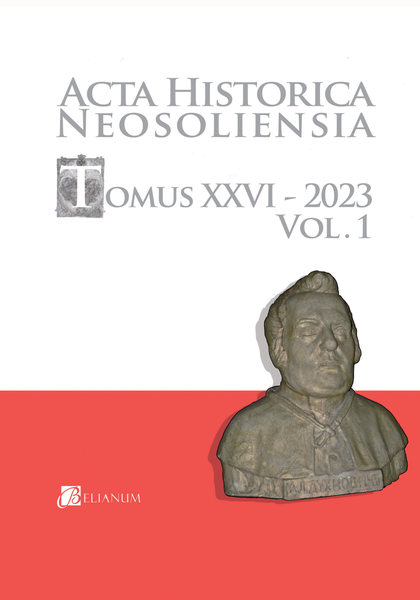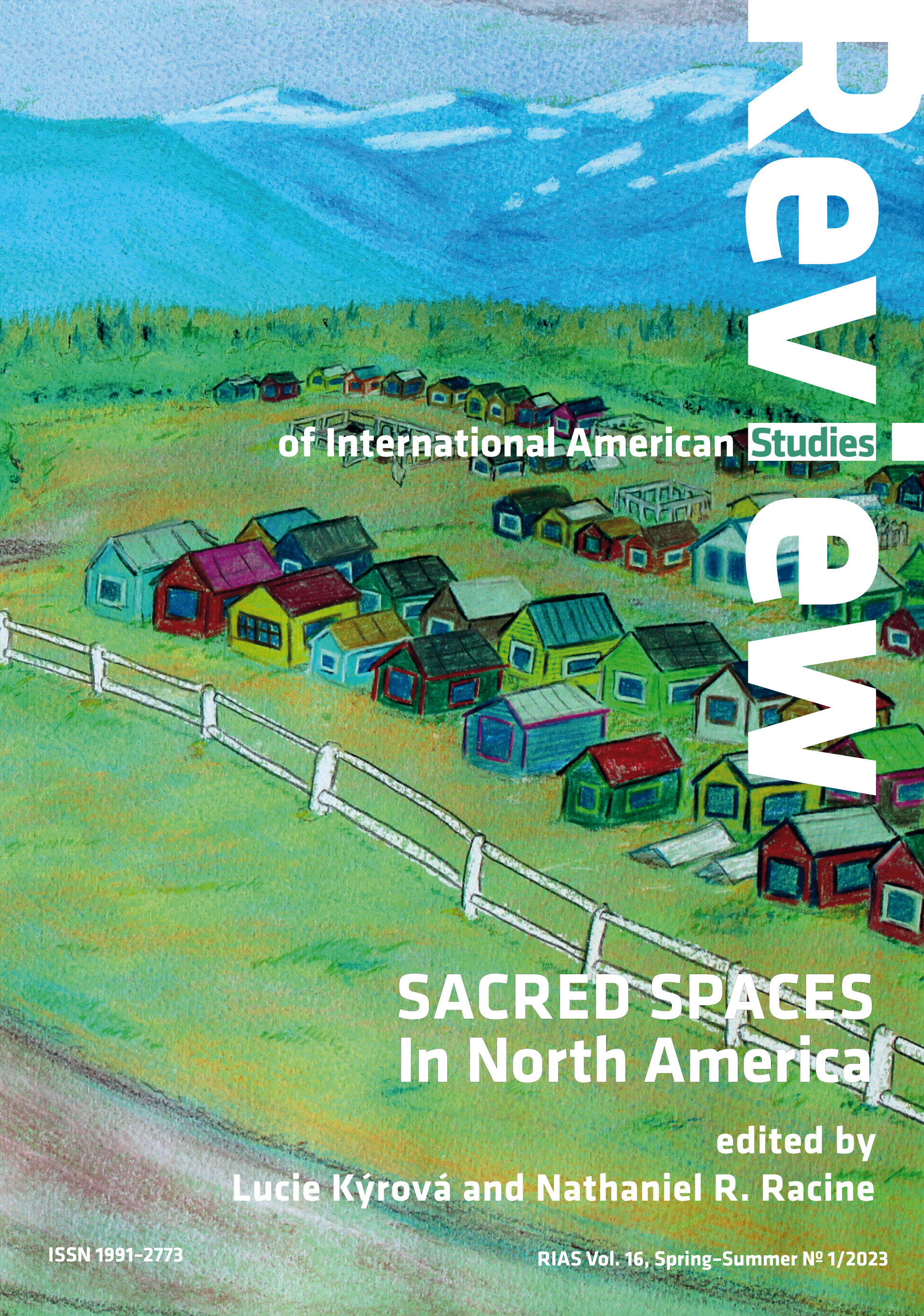Author(s): Corinna Leschber / Language(s): German
Issue: 1-2/2023
Bulgarian words and their history have been considered from different viewpoints; the Bulgarian language as a Slavic language, that is in interdependence with its south–eastern European neighbors, the Bulgarian language under the influence of the Turkish language and the oriental languages, and even Bulgarian as a European language in typological terms (HSK Haspelmath 2001, Leschber 2005), and against a general background of the European Union (Schaller 2018). However, the fact that Bulgarian is a southern European language in the extended Mediterranean area has seldom been considered. In the following it will be shown that this approach brings advantages for the solution of long–discussed etymological problems. While bg. kukurùz “corn” is solely a regionally used word along with the common Bulgarian word càrevica “corn”, the Bulgarian čùška “bell pepper, pod” is a Bulgarian vegetable that literally creates an identity, and which is seen as belonging to the “essence of Bulgarianness”. Indeed, this is epitomized by a curiosity like the čùškopèk, “a device for baking bell pepper”, which is exclusively in use in Bulgaria. It is often emphasized that only Bulgarians know what a čùškopèk is and what it is used for. The Bulgarian čùška thus ranks as a key cultural term. Here it is shown that Bulgarian cultural key terms, as already indicated in the paper on Bulgarian kùker, a “figure masked with fur in winter customs” (Leschber 2009, Bengtson & Leschber 2019: 17) are related to their environment and are part of a larger cultural network, in this case, of a Mediterranean network. An important fact is that both vegetables are not native to Europe, but were introduced to Europe very late, at the time of Columbus (1492). In Europe, the renaming of these foreign vegetables was done by substituting native designations, whose history stretches far back into the continent's past.
More...
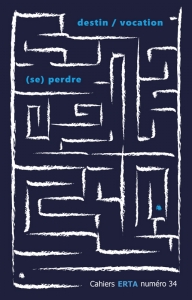

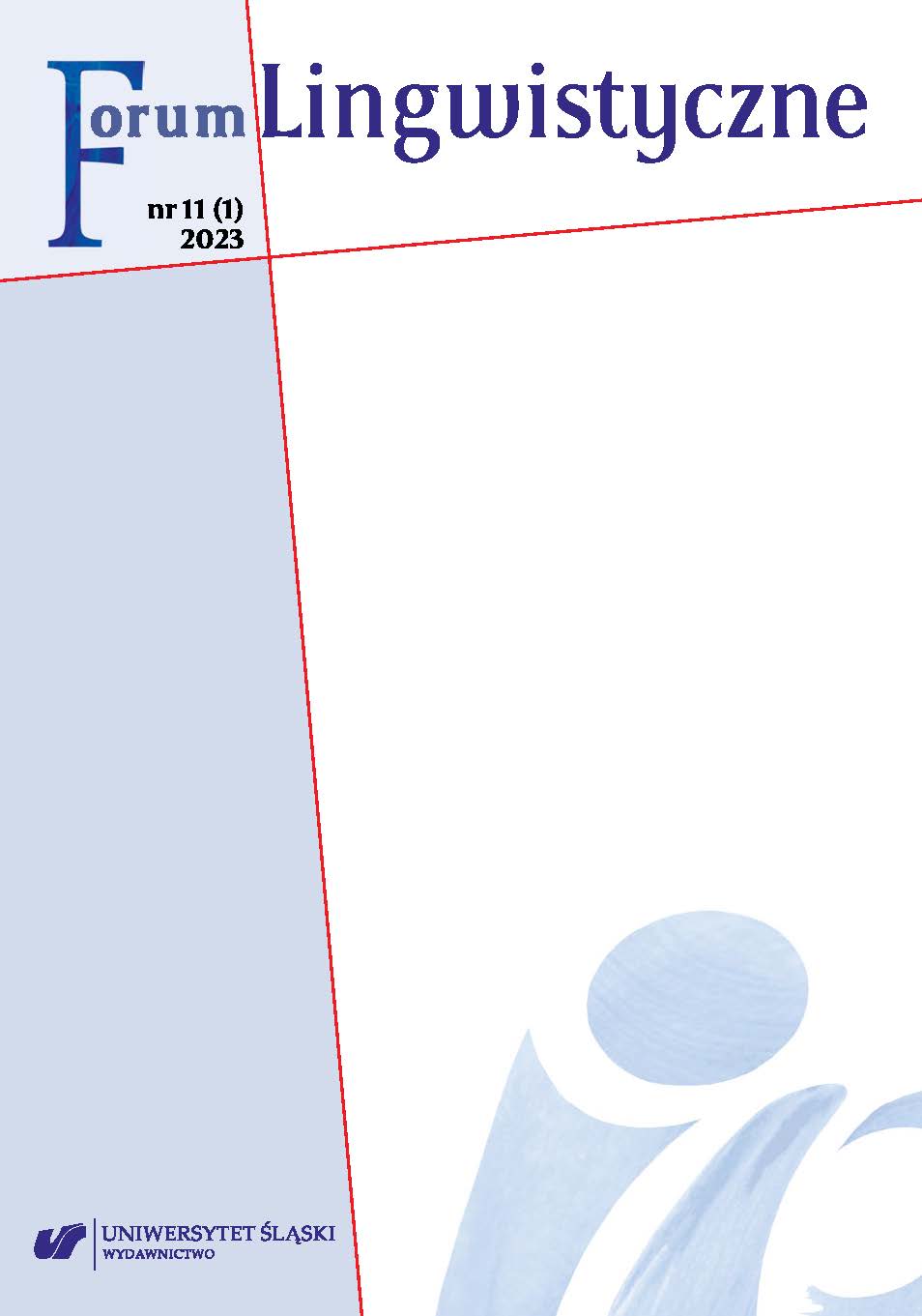
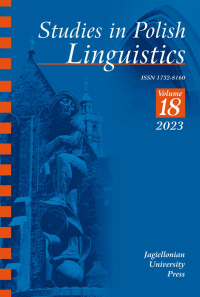
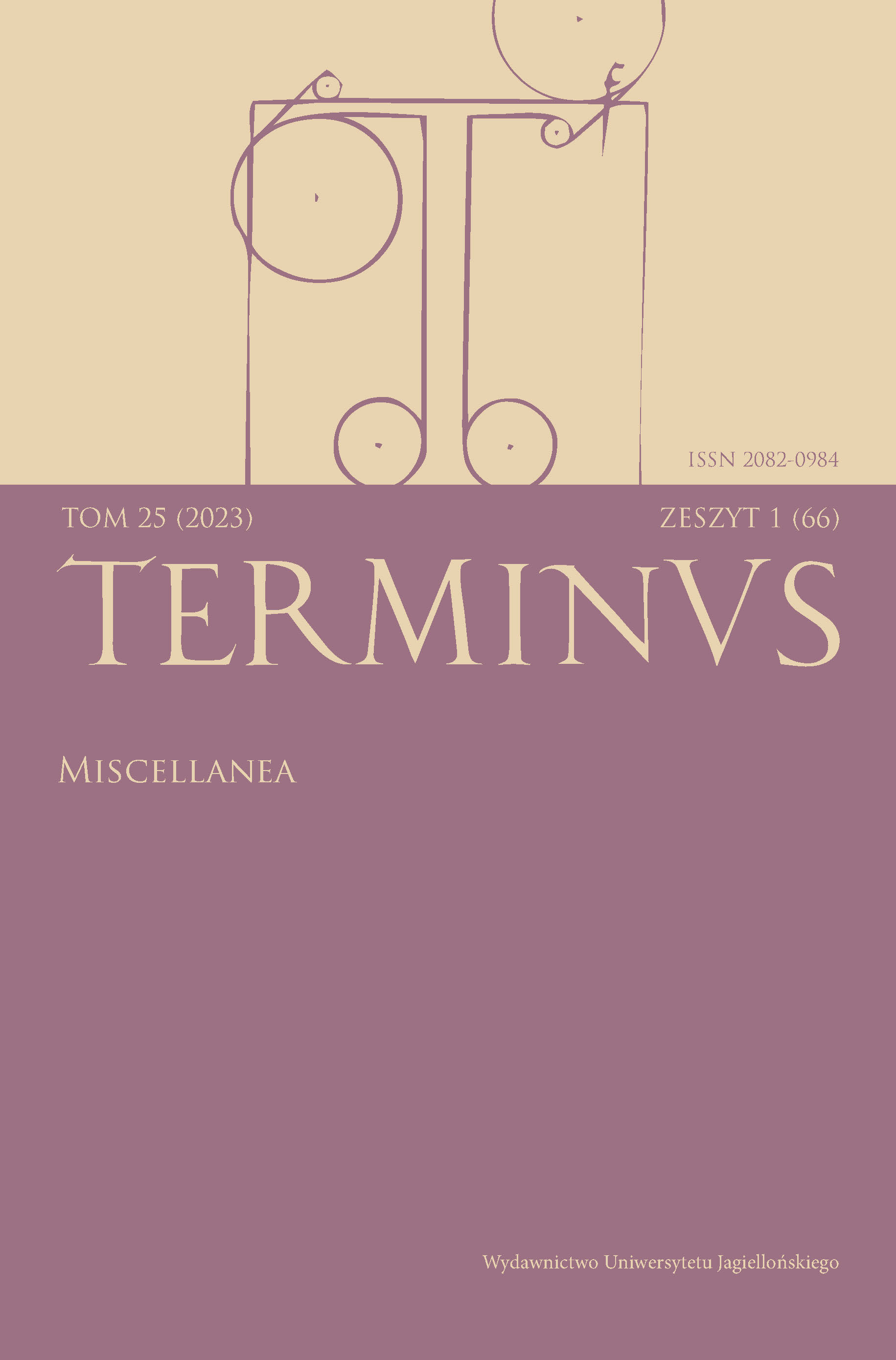
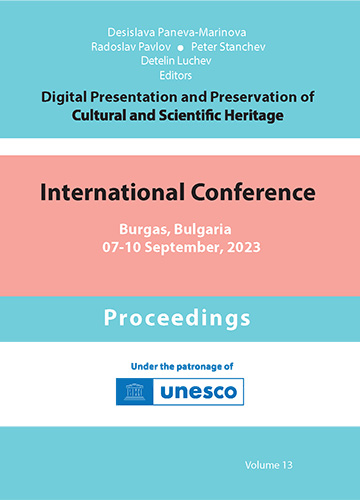
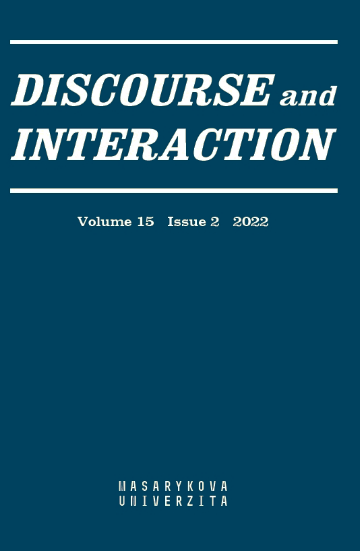
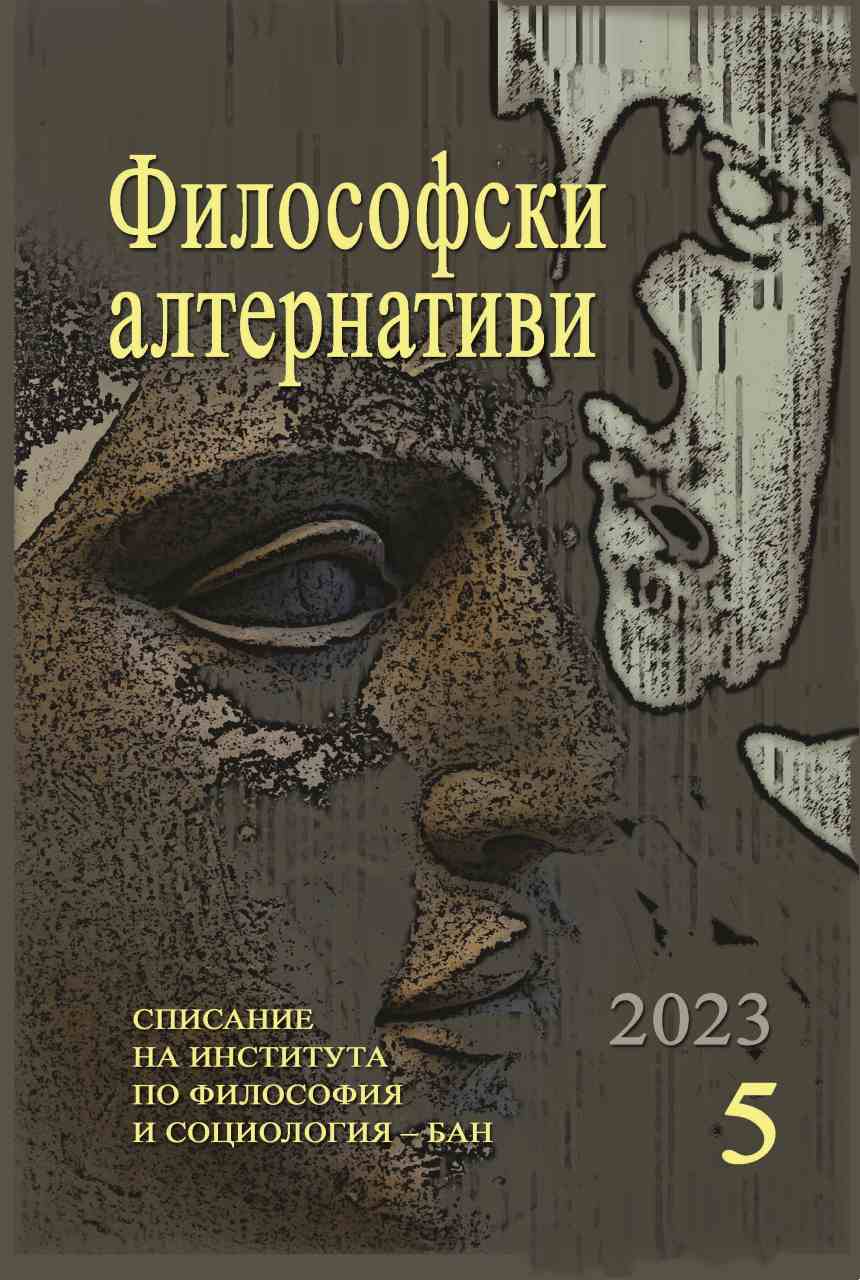
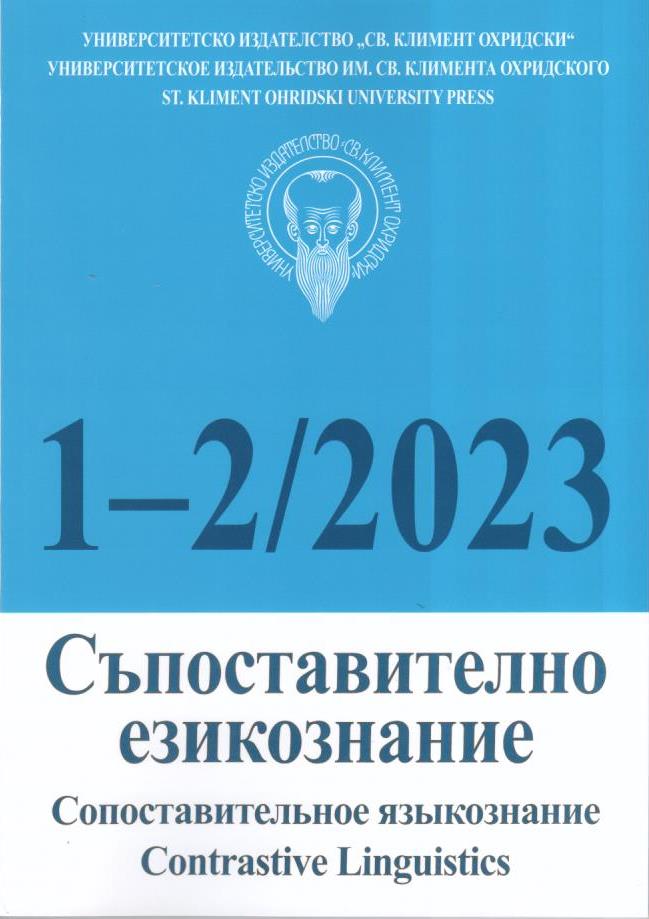

![Spojrzenie „bez podmiotu”. [Recenzja książki Aleksandry Ubertowskiej „Historie biotyczne. Pomiędzy estetyką a geotraumą”. Warszawa: Instytut Badań Literackich PAN, 2020]](/api/image/getissuecoverimage?id=picture_2023_78022.jpg)
